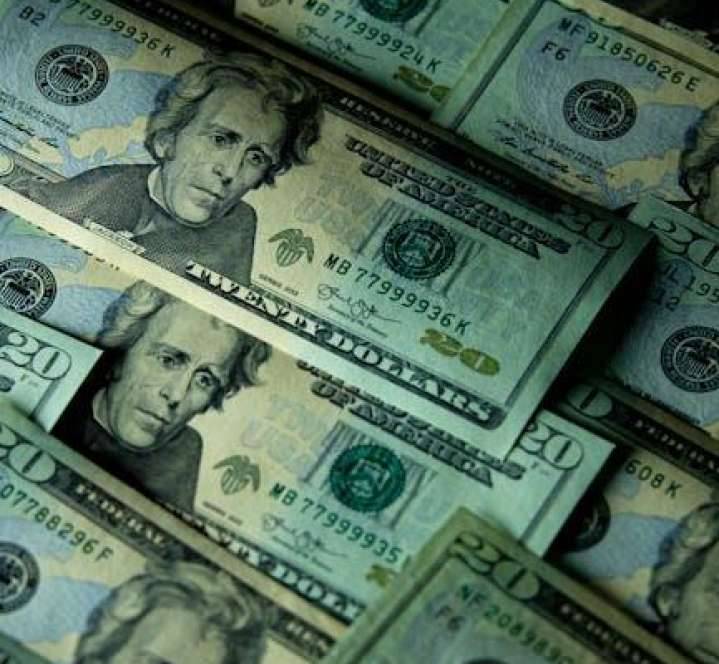In December,France experienced a notable shift in inflation rates,as the measure excluding tobacco products rose from a previous decline of 0.1% to a modest increase of 0.2%. This uptick in inflation, captured in the month-on-month data, reflects broader economic trends and consumer spending patterns amidst ongoing market challenges. Analysts are closely monitoring these developments,as they may signal changing dynamics in the French economy,notably in the wake of fluctuating global prices and domestic consumption habits. Understanding the implications of this rise is crucial for policymakers and businesses alike, as they navigate the complexities of inflation in a post-pandemic landscape.
France Inflation ex-tobacco (MoM) rose from previous -0.1% to 0.2% in December
The recent uptick in France’s inflation metrics has captured attention as the nation transitions from a slight deflationary stance to moderate inflation.Energy prices continue to be notable drivers of this change. Analysts have pointed towards global oil price trends and increased domestic consumption as contributing factors. Furthermore, shifts in external economic environments, such as the energy market volatility across Europe, have intensified these effects. As energy costs climb, they serve as ignition points for wider price hikes across various sectors in the economy. Consequently, consumer behavior is also adjusting amid this new financial landscape.Spending patterns suggest a shift towards more cautious financial planning, as households brace themselves for potential continued price increases through savvy purchasing decisions and focusing on essential goods.
From the viewpoint of economic policy, this development poses intriguing challenges for financial strategists. The increase in inflation, albeit modest, signals a crucial point for decision-makers in considering adjustments to monetary policies. Historically, such inflationary shifts have prompted tighter fiscal measures; though, the current economic climate might demand more nuanced approaches. Looking at previous inflation trends within France reveals patterns that could inform future strategies, though experts suggest a watchful eye on emerging indicators post-inflation increase. For households, the changing inflationary pressures mean recalibrating budgets to accommodate potential cost-of-living increases. Effectively navigating these inflationary waters could involve businesses devising strategies to manage cost challenges while remaining competitive.Below is a comparative snapshot of inflation trends and their impacts:
| Period | inflation Rate | Economic Implications |
|---|---|---|
| Last Quarter | -0.1% | deflationary pressure, consumer spending caution |
| December | 0.2% | Rise in energy prices, necessitates policy evaluation |
- Monitor – Stay aware of potential monetary policy changes.
- Adapt - Businesses to innovate pricing strategies to offset increasing costs.
- Plan – Encourage consumers to prioritize essential over luxury spending.
Wrapping Up
the latest data on France’s inflation rate excluding tobacco highlights a significant uptick, with the month-over-month figure shifting from a previous contraction of -0.1% to a positive 0.2% in December.This change reflects underlying pressures in the economy, suggesting potential shifts in consumer behavior and pricing dynamics as the nation navigates the complexities of post-pandemic recovery and ongoing economic challenges. policymakers and analysts will be keenly observing future trends in inflation rates, as they hold critical implications for monetary policy and broader economic stability. As we move into the new year,the focus remains on how these fluctuations will impact both consumers and businesses alike in the months ahead.






